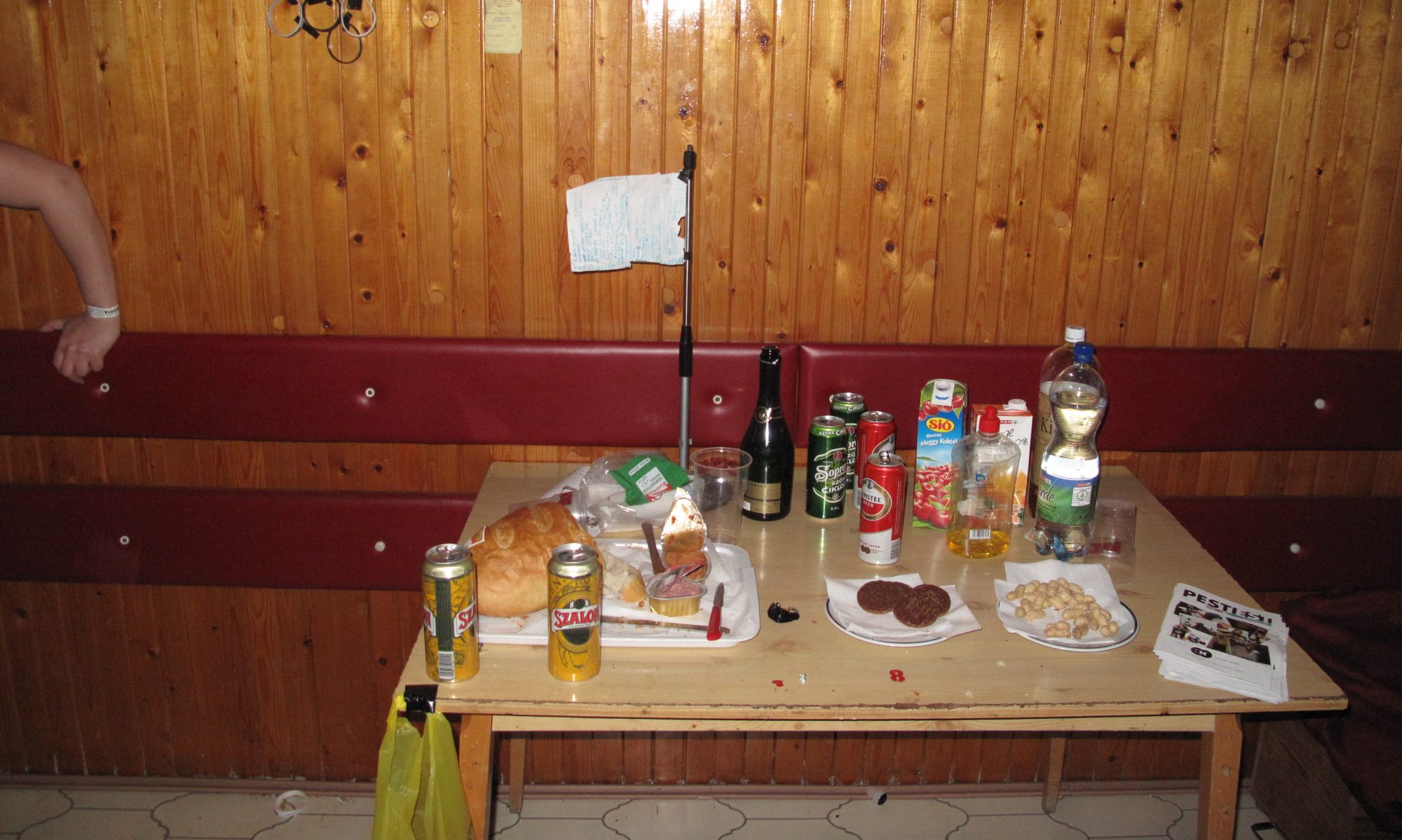Tunnel Vision (2021) Eyal Weizman. A good update to Weizmans writings on the Israeli Defence Forces utilization of critical theory, postcolonial and urban studies. The article offers a very revealing interview of Israeli chief of general staff Aviv Kochavi (from which the quote below).
This space that you look at, this room that you look at, is nothing but your interpretation. Now, you can stretch the boundaries of your interpretation, but not in an unlimited fashion – after all, it must be bound by physics, as it contains buildings and alleys. The question is, how do you interpret the alley? Do you interpret it as a place, like every architect and every town planner does, to walk through, or do you interpret it as a place forbidden to walk through? This depends only on interpretation. We interpreted the alley as a place forbidden to walk through, and the door as a place forbidden to pass through, and the window as a place forbidden to look through, because a weapon awaits us in the alley, and a booby trap awaits us behind the doors. […] I said to my troops: ‘Comrades! This is not a matter of your choice! There is no other way of moving! If until now you were used to moving along roads and sidewalks, forget it! From now on we all walk through walls!’
A Frame Finland post Reflecting on Gathering for Rehearsing Hospitalities offers two essays discussing the Rehearsing Hospitalities programme. So far I’ve only read the Mike Watson Staying in the Liminal Space Between Politics and Art (2021). They have selected important works from the recent Artsi museum Secured – Politics of Bodies and Space -exhibition for grounding their analysis. Particularly like how they read Sepideh Rahaa’s performance as an effort to motivate Finnish artists and art institutions to begin working with our involvement in conflicts in West Asia. The essay feels weirdly lodged between reading as a proper critique and being a commissioned review.
The long-touted and perpetually delayed invasion of Iran – discussed by multiple US administrations for decades – will likely also be discussed in art spaces should it ever happen, though we would perhaps do better to protest it in front of parliament for its duration. Is our problem as ‘political art professionals’ (a strange and contradictory category that by now surely exists) that we are trying too hard to do art specifically as a means of not doing protest? I think Rahaa intended very clearly to ask this – with the Artsi museum and Frame facilitating the question.
Trying to read Social Ecology and Democratic Confederalism (2020) which is “a reader from Make Rojava Green Again in cooperation with the association of the students from Kurdistan YXK and JXK “. The writings by Murray Bookchin feel less potent then how his work is discussed in the Social Ecology and the Critique of Hierarchy 2020 series by srsly wrong. I like the concept of nature he offers and particularly how it is deployed to prove false the assumption that being indoors and surrounded by technology would somehow separate habitants from nature. Perhaps Kochavi has been reading Bookchin too, because the room I’m in is only an interpretation, working to convince me that I’m civilized.
Human beings always remain rooted in their biological evolutionary history, which we may call “first nature,” but they produce a characteristically human social nature of their own, which we may call “second nature.” Far from being unnatural, human second nature is eminently a creation of organic evolution’s first nature. To write second nature out of nature as a whole, or indeed to minimize it, is to ignore the creativity of natural evolution itself and to view it one-sidedly.
The Tyranny of Stuctureless (1970) Joreen. A manifest urging people involved with working groups aiming for the women’s liberation movement to define clear articulated aims to work towards. The critique Joreen provides works well for maintaining focus in politically geared artist lead initiatives too. I’m reading it as a critique of managerialism: Working for well articulated goals, is more efficient (and can be more healing), then using energy for processes which assess the premisses that motivate people to come together.
When a group has no specific task (and consciousness raising is a task), the people in it turn their energies to controlling others in the group. This is not done so much out of a malicious desire to manipulate others (though sometimes it is) as out of a lack of anything better to do with their talents. […] When a group is involved in a task, people learn to get along with others as they are and to subsume personal dislikes for the sake of the larger goal. There are limits placed on the compulsion to remold every person in our image of what they should be.

